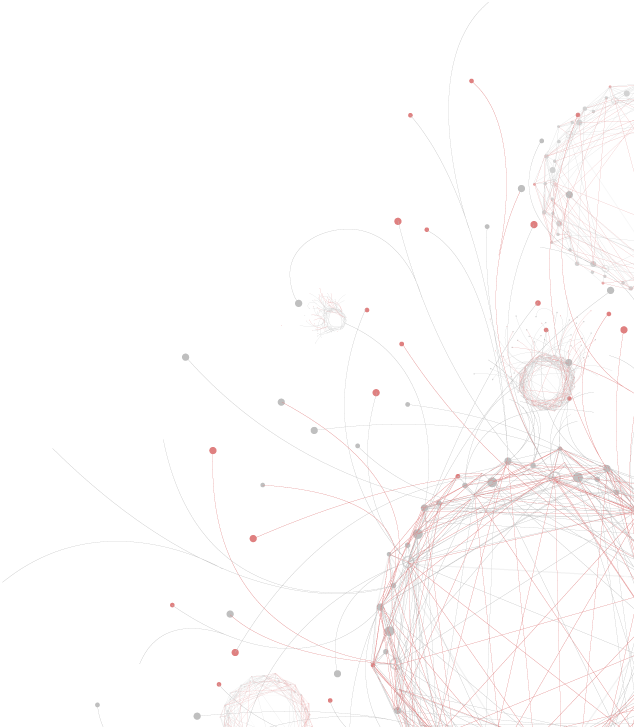This website is no longer updated and has been replaced with a static copy. The Spatial History Project was active at Stanford University from 2007-2022, engaging in dozens of collaborative projects led by faculty, staff, graduate students, post-docs, visiting scholars and others at Stanford and beyond. More than 150 undergraduate students from more than a dozen disciplines contributed to these projects. In addition to a robust intellectual exchange built through these partnerships, research outputs included major monographs, edited volumes, journal articles, museum exhibitions, digital articles, robust websites, and dozens of lightweight interactive visualizations, mostly developed with Adobe Flash (now defunct). While most of those publications live on in other forms, the content exclusive to this website is preserved in good faith through this static version of the site. Flash-based content is partially available in emulated form using the Ruffle emulator.
The Grand Tour Project
The Grand Tour of Italy attracted thousands of northern Europeans throughout the eighteenth century. It was a formative institution of modernity, contributing to a massive reimagining of politics and the arts, of the market for culture, of ideas about leisure, and of practices of professionalism . The Grand Tour Project enriches our understanding of this phenomenon by bringing us closer to the diverse travelers, elites and otherwise, who collectively constituted its world. We are working with the more than five thousand entries in John Ingamells’ Dictionary of British and Irish Travelers to Italy to create a dynamic searchable database, along with digital visualizations, of these travelers’ journeys and lives. Our collaboration with Spatial History focuses on the identification, analysis and mapping of the geographical dimensions in our data.




